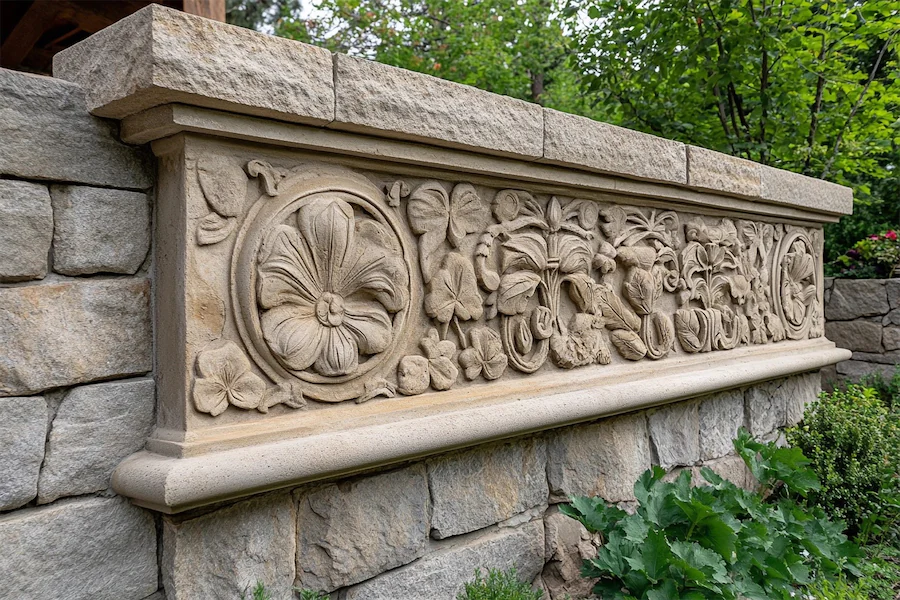Romanesque architecture, prevalent in Europe from the 10th to the 12th centuries, is distinguished by its robust and sturdy structures. A fundamental component of this style is the Romanesque wall, characterized by its massive thickness and solid construction. These walls were essential in supporting the heavy stone roofs and vaults typical of the period, reflecting a design focused on durability and defense.
History and Origins of Romanesque Walls
The Romanesque style emerged as a fusion of Roman and Byzantine architectural elements, adapted to the needs and resources of medieval Europe. Following the fall of the Roman Empire, builders sought to revive Roman architectural principles, leading to the development of walls that were not only structural but also expressive of the era’s aesthetic values. The use of thick walls with minimal openings was a practical solution to the limitations in engineering knowledge and materials, ensuring stability and longevity.
Key Features of Romanesque Walls
Romanesque walls exhibit several distinctive features:
- Thickness and Solidity: The walls are notably thick, often constructed with a double-shell design filled with rubble, providing substantial support for heavy roofs and vaults.
- Small Openings: Due to structural constraints, windows and doors were relatively small, resulting in dimly lit interiors.
- Semicircular Arches: Arched openings were a hallmark, contributing to the overall stability and aesthetic of the structures.
- Decorative Arcading: Blind arches and arcades were often employed as decorative elements on exterior walls, adding rhythm and visual interest.
Applications of Romanesque Walls
The design of Romanesque walls was integral to various architectural applications:
- Churches and Cathedrals: The thick walls supported expansive stone vaults, as seen in structures like the Basilica of Saint-Sernin in Toulouse, France.
- Monasteries and Abbeys: Monastic complexes utilized robust walls for both structural support and defense, exemplified by the Abbey of Saint-Germain-des-Prés in Paris.
- Castles and Fortifications: The solid construction of Romanesque walls made them ideal for defensive structures, providing protection and durability.
Considerations When Choosing Romanesque Wall Elements
When incorporating Romanesque wall elements into contemporary designs or restorations, several considerations are essential:
- Structural Requirements: The substantial thickness of Romanesque walls may not be practical with modern building materials and techniques. Alternative methods to achieve a similar aesthetic should be explored.
- Lighting: The small openings characteristic of Romanesque walls result in limited natural light. Modern adaptations might include larger windows or supplemental interior lighting to create a more inviting space.
- Decorative Details: Incorporating elements like blind arcading or semicircular arches can evoke the Romanesque style without compromising structural efficiency.
Conclusion
Romanesque walls are emblematic of a period that prioritized strength and permanence in architecture. Their massive construction and distinctive features not only fulfilled structural needs but also conveyed the aesthetic and cultural values of medieval Europe. Understanding these elements provides valuable insights for architects and historians alike, offering inspiration for designs that balance historical reverence with contemporary functionality.
